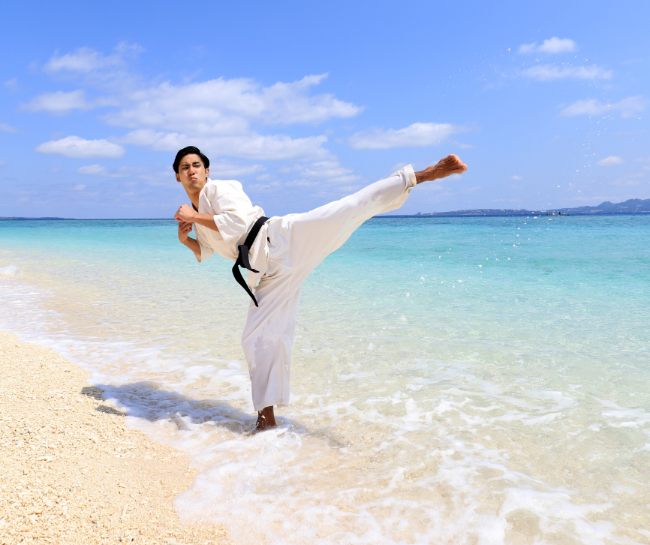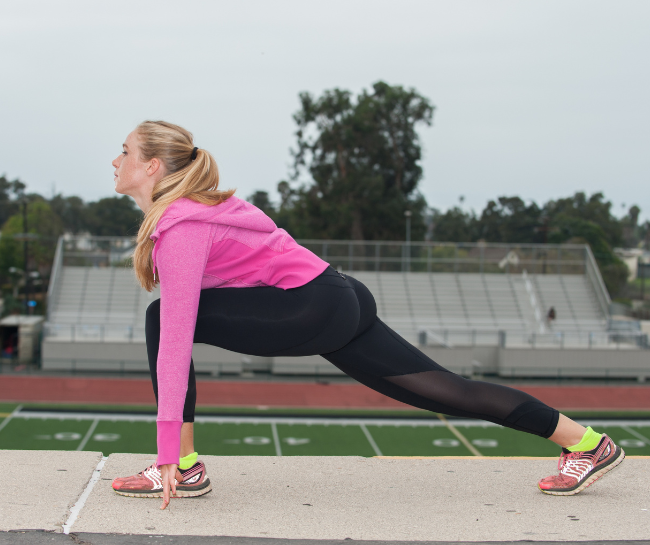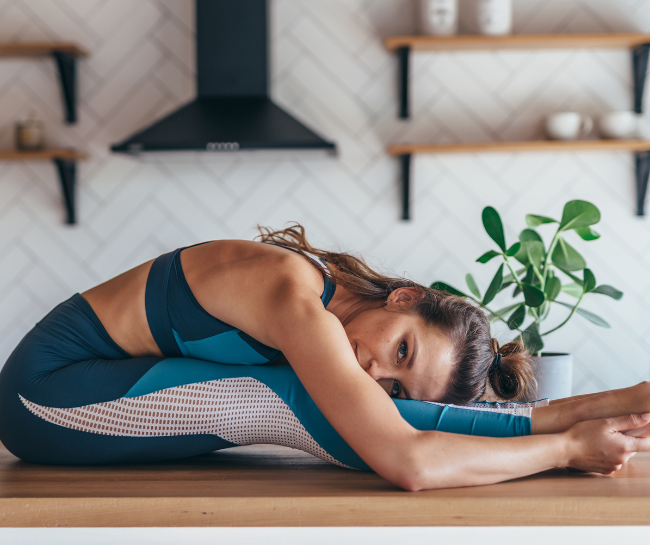
Flexibility is a crucial aspect of martial arts training that enhances performance and helps prevent injuries. This blog post will provide an overview of the importance of flexibility in martial arts and offer a comprehensive list of routines that can be incorporated into any training regimen.
The Science Behind Flexibility in Martial Arts
Flexibility is a critical component of martial arts training, as it directly impacts the performance and execution of techniques. In the context of martial arts, there are two primary types of flexibility to consider
Active Flexibility:

Active flexibility refers to the ability to move a joint through its full range of motion using the strength of the muscles surrounding that joint. For example, a martial artist displaying active flexibility might be able to lift their leg into a high kick position without assistance. This type of flexibility is essential for executing quick, powerful movements and maintaining proper form during techniques.
Static-Passive Flexibility:

Static-passive flexibility refers to the range of motion achieved when using external force or assistance, such as when a partner helps stretch a martial artist’s leg or when using a wall for support. This type of flexibility is important for maintaining balance, achieving a greater range of motion during techniques, and improving overall muscle elasticity.
💡 Flexibility is not just a physical attribute, it is a key component of martial arts performance and injury prevention. Incorporating flexibility routines into your martial arts training can unlock your full potential and keep you fighting fit for the long run.
Top Martial Arts Flexibility Routines
- Standing Hamstring Stretch:

The standing hamstring stretch targets the muscles in the back of your thigh, which can improve your kicking techniques, overall flexibility, and help prevent injuries.
How to perform:
- Stand up straight with your feet hip-width apart.
- Extend your right leg straight out in front of you, placing your heel on the ground and keeping your toes pointed up.
- Keep your left knee slightly bent and maintain a straight back.
- Slowly lean forward from your hips, reaching for your right foot with both hands.
- Hold the stretch for 15-30 seconds, then switch to the other leg.
💡 I want you to write a short quote about Standing Hamstring Stretch, the blog is Martial Arts Flexibility Routines: Boost Performance and Prevent Injuries!
- Cossack Squat:

The Cossack squat is a deep lateral squat that targets the hips, groin, and inner thigh muscles, which can enhance your lateral movement and overall leg flexibility in martial arts.
How to perform:
- Stand with your feet wider than shoulder-width apart, toes pointed outwards.
- Shift your weight to your right leg while keeping your left leg straight.
- Bend your right knee and squat down, keeping your left foot flat on the ground.
- Maintain a straight back and use your arms for balance.
- Hold the position for a few seconds, then return to the starting position and switch sides.
- Reclined Spinal Twist:

The reclined spinal twist is a gentle stretch for the lower back, hips, and glutes that can improve your rotational flexibility and help alleviate muscle tension.
How to perform:
- Lie on your back with your knees bent and feet flat on the floor.
- Extend your arms out to the sides, forming a T-shape with your body.
- Slowly drop your knees to the right, keeping your left shoulder grounded and allowing your lower back and hips to twist.
- Hold the stretch for 15-30 seconds, then switch to the other side.
Additional Stretches for Martial Artists
Butterfly Stretch:

- A seated stretch targeting the groin, hips, and inner thigh muscles, which helps in enhancing flexibility for high and wide kicks.
Hip Flexor Stretch:

- A kneeling stretch that targets the hip flexor muscles, improving your kicking power and hip mobility in martial arts.
Seated Forward Fold:

- A seated stretch that focuses on the hamstrings, lower back, and calf muscles, aiding in better overall flexibility and injury prevention.
Quadriceps Stretch:

- A standing or lying stretch that targets the front thigh muscles, increasing leg flexibility and improving kicking techniques.
Triceps Stretch:

- An overhead stretch that works on the triceps and shoulder muscles, which helps in better arm mobility and strength in striking and grappling techniques.
Chest and Shoulder Stretch:

- A standing or seated stretch that targets the chest and shoulder muscles, improving your upper body flexibility and posture in various martial arts techniques.
Cobra Stretch:

- A prone stretch that focuses on the lower back, abdominal, and hip muscles, enhancing your core strength and flexibility for better balance and control in martial arts.
💡 A vital component in any martial artist’s flexibility routine, enhancing performance and reducing the risk of injury.
Incorporating flexibility routines into your martial arts training can significantly improve your performance, prevent injuries, and help you reach your full potential as a martial artist. Don’t underestimate the power of flexibility – make it a regular part of your training regimen, and you’ll see the difference it makes in your abilities.
Learn about the advantages of hosting martial arts events and competitions by reading our blog post, “The Value of Hosting Martial Arts Events and Competitions.” And make your operations easier with Spark Membership Software‘s automated billing, student management, and attendance tracking.